8 Types of Geranium Flowers to Grow at Home (with Pictures)
-
Pete Ortiz
- Last updated:
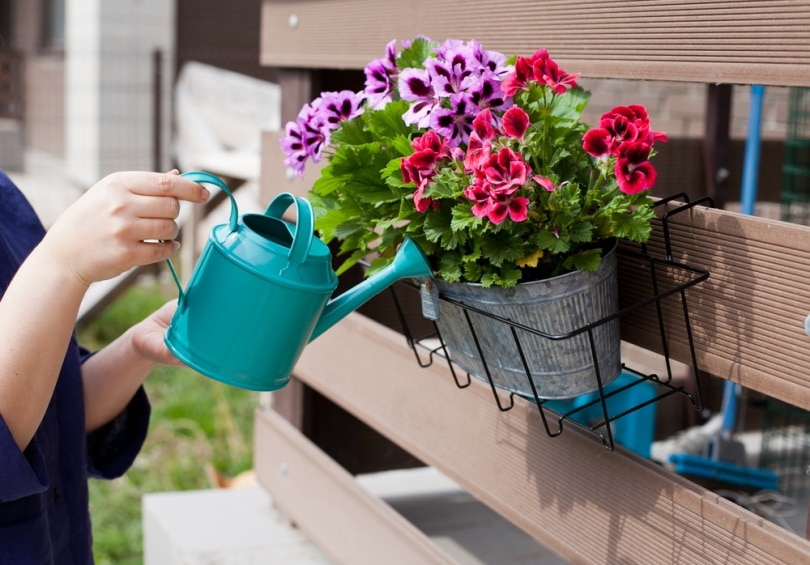
Geraniums are among the favorite flowering plants of many gardeners. They grow uniquely-colored flowers with fresh scents that can give character to any landscape. Since they are so easy to grow in garden beds, borders, and edges, they are a delight for any plant enthusiast. Perennial geraniums offer a whole variety of colors, shapes, and sizes, making them ideal for planting around bases of other plants since they can easily fit in.
There are many fascinating features of geraniums, which we will list below. The most popular varieties of this plant each have something unique and personal to offer to any landscape.
The 8 Types of Geranium Flowers to Grow at Home
1. Crested Cranesbill
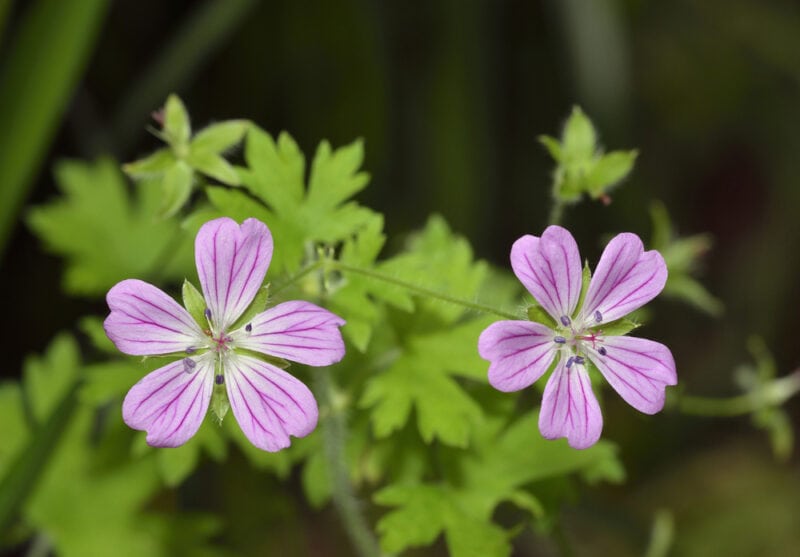
| Botanical name: | Geranium albanum |
| USDA Hardiness: | Zone 5 to 8 |
| Characteristics: | Low-growing perennial with white, pink, or purple flowers. |
Geranium albanum, commonly called the Crested Cranesbill, is a gorgeous specimen of the geranium flower. It is a low-growing variety that grows between 14 and 20 inches in height. These plants require well-drained soil with average moisture levels to thrive. While these plants are excellent at tolerating dry conditions, they prefer moist humus-like soil. They need full sun, and if at any point you wish to control any new growth or rapid spreading, you can prune the trailing stems.
2. Kashmir White
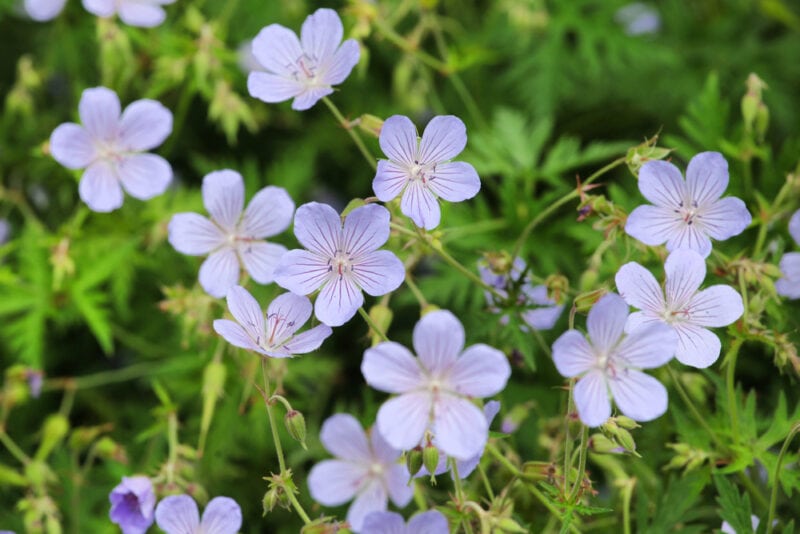
| Botanical name: | Geranium clarkei |
| USDA Hardiness: | Zones 5 to 8 |
| Characteristics: |
Spreads rapidly and grows white blooms with magenta veins. Excellent at complimenting other plants.
|
The Kashmir White variety of geraniums is a beautiful specimen to grow at home. It has large white flowers that are decorated with magenta veins. This flowering plant grows vigorously and grows bushy foliage that will be an excellent addition to your garden. Since the Kashmir White variety grows rapidly, it is perfect for larger gardens with plenty of space to fill.
3. Woolly Geranium
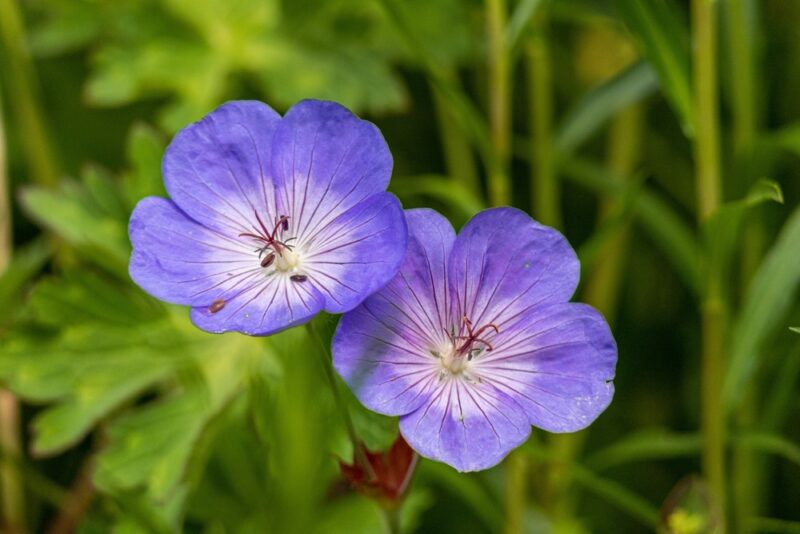
| Botanical name: | Geranium erianthum |
| USDA Hardiness: | Zones 3 to 7 |
| Characteristics: |
Blooms violet-blue flowers with veins, ideal for garden beds and borders.
|
Woolly geranium is another example of a clump-forming perennial, 20 inches high on average. The leaves grow wonderful violet-blue flowers with dark veins. These flowering plants prefer well-drained, moist soil and thrive best with plenty of sunlight or in partial shade. The Woolly geranium compliments any garden and is typically planted in garden beds, borders, or at the base of roses and shrubs.
4. Bloody Cranesbill

| Botanical name: | Geranium sanguineum |
| USDA Hardiness: | Zones 3 to 8 |
| Characteristics: |
Bright purple bloom and bushy green foliage that turns bloody red in fall.
|
The Bloody Cranesbill geranium is a stunning, eye-catching perennial, growing up to 18 inches in height and spreading up to 24 inches wide. This plant blooms from late spring to late summer with bright, intense purple flowers. The name this plant carries does not come from the bloom color but the distinctive red color of the foliage in fall. This plant provides gorgeous aesthetics throughout the year, with the beautiful purple leaves decorating spring and summer, while the blood-red foliage decorates fall.
5. Purple Cranesbill
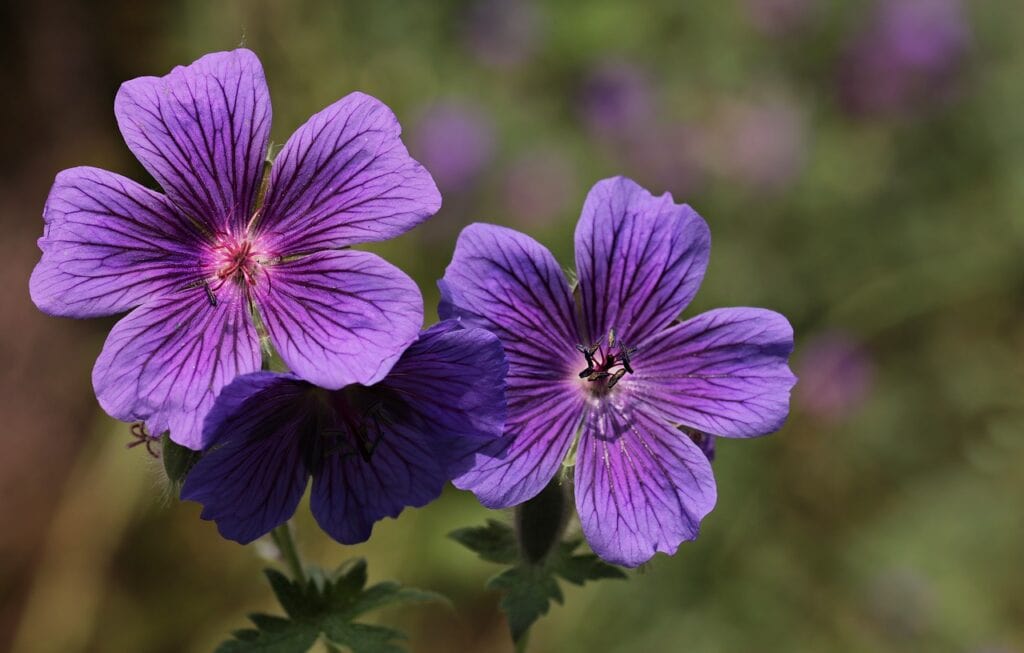
| Botanical name: | Geranium × magnificum |
| USDA Hardiness: | Zones 5 to 8 |
| Characteristics: | Bushy green foliage, with hairy leaves and rich violet flowers. |
The Purple Cranesbill geranium is a perennial plant growing in the form of clumps, up to 27 inches high. The foliage is colored in intense green, with hairy leaves decorated by darker veins. The flowers bring a rich shade of violet to your garden. While the blooming period is short, the Purple Cranesbill will decorate and add charm to every corner of your landscape. These plants thrive in slightly fertile soil with excellent drainage.
6. Grey Cranesbill

| Botanical name: | Geranium subcaulescens |
| USDA Hardiness: | Zones 5 o 7 |
| Characteristics: |
Distinctive magenta flowers, with a black center and prominent dark veins.
|
The Grey Cranesbill is a flowering plant with distinctive magenta flowers and black centers. The veins on the flowers are prominent and often spread on the entire flower surface. After blooming, you can shear off spent flowers to encourage a second blooming. While this plant is tolerant of dry conditions, it prefers moist soil with excellent draining properties. The Grey Cranesbill is ideal for flower beds, border fronts and edges, and cottage gardens.
7. Meadow Geranium

| Botanical name: | Geranium pratense |
| USDA Hardiness: | Zones 3 to 9 |
| Characteristics: |
The flowers grow upright, in a pale blue shade, and are pollinator-friendly.
|
The Meadow geranium is a clump-forming flowering plant with an easily recognizable upright-growing bloom. The flowers are a pale blue shade with violet undertones, growing out of hairy stems. In the wilderness, this plant can be found in meadows and verges and is thought to be the ancestor of garden varieties of geraniums. In the garden, this plant is excellent if you want to create a pollinator-friendly area because the flowers produce large amounts of pollen. Like other geraniums, it adores well-drained but moist soil and a sunny location to thrive.
8. Broad-Petaled Geranium
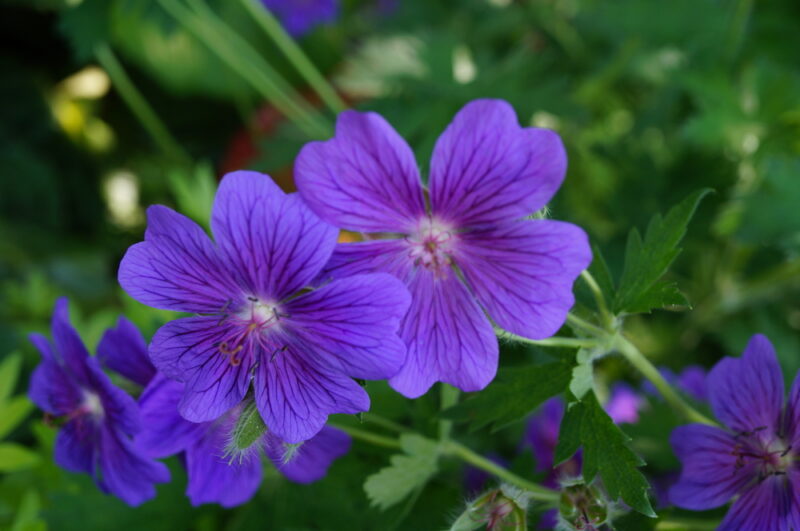
| Botanical name: | Geranium platypetalum |
| USDA Hardiness: | Zones 3 to 8 |
| Characteristics: | Striking maroon-black to purple flowers with dark veins. |
The Broad-petaled geranium is a gorgeous specimen of the geranium species. It produces stunning maroon-black or purple-black flowers, with dark, striking veins running across the surface. You can cut old leaves and stems at the base to encourage new flowers. This plant thrives best in partial shade and moist but well-drained soil. This plant is perfect for flower borders and edges and the underplanting of other garden plants and shrubs.
Conclusion
After reading about each geranium variety, you can now go on to explore more about this lovely flower. Deciding to grow this plant in your own garden will be rewarding once you see all the striking bloom colors appearing in spring. These plants will show off their colorful petals, usually from dark maroon to purple and red.
No matter which colored geranium you choose, it will surely provide your garden with a charming and colorful effect.
Featured Image credit: Dina Mukhutdinova, Shutterstock
Contents


